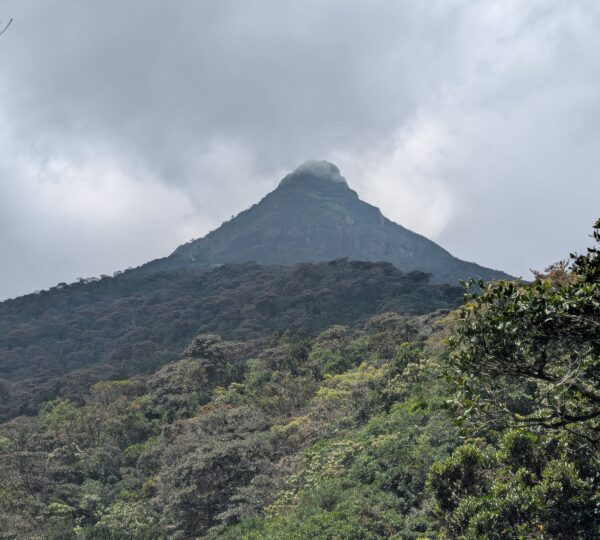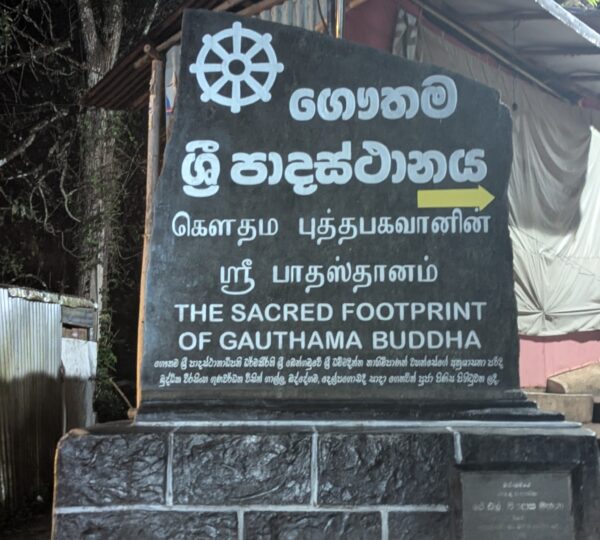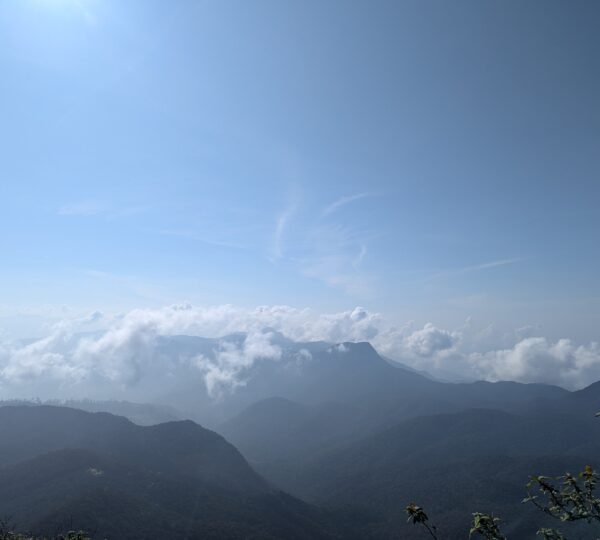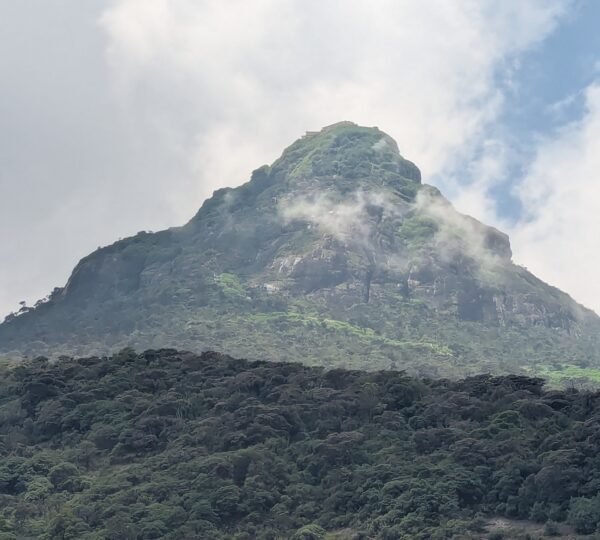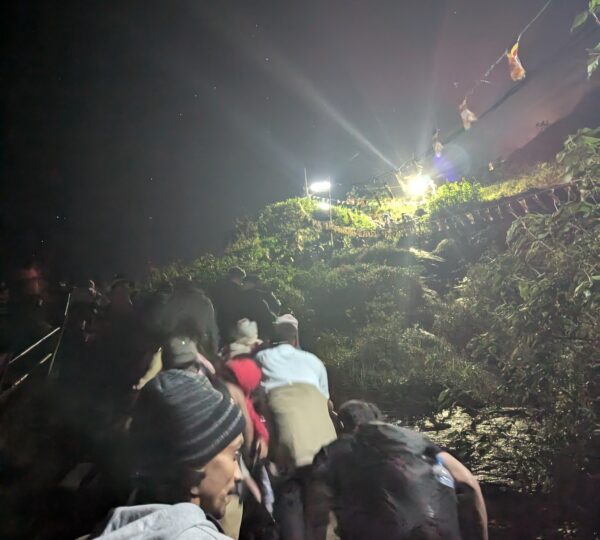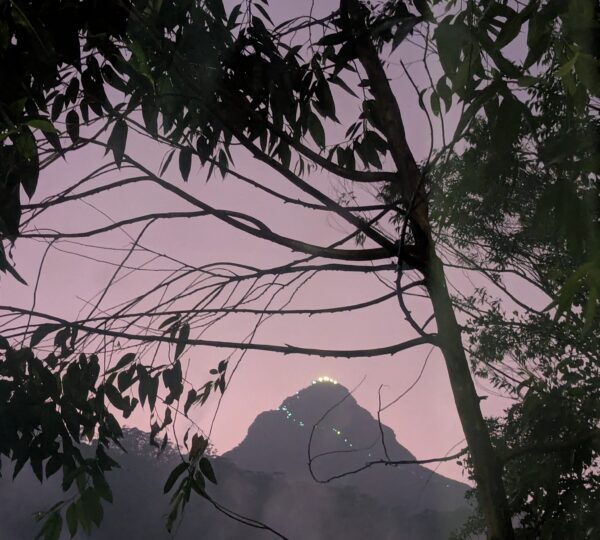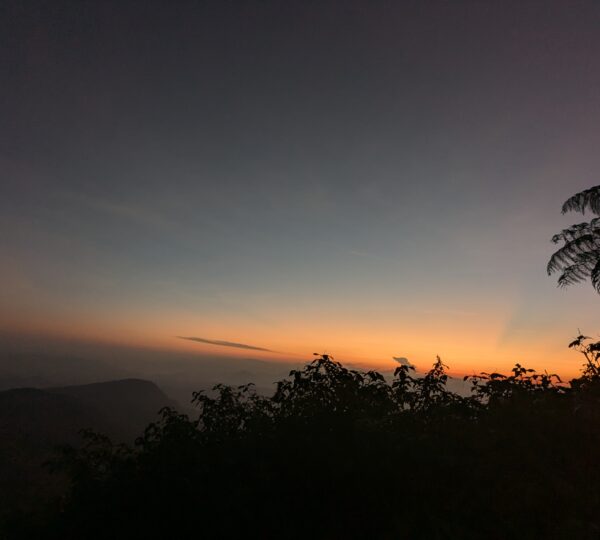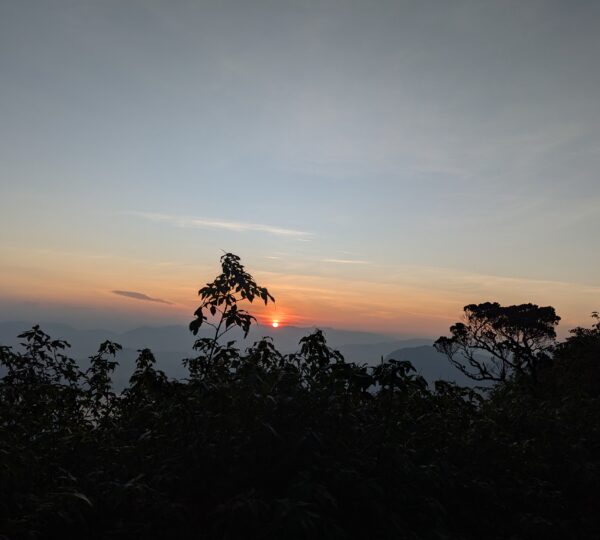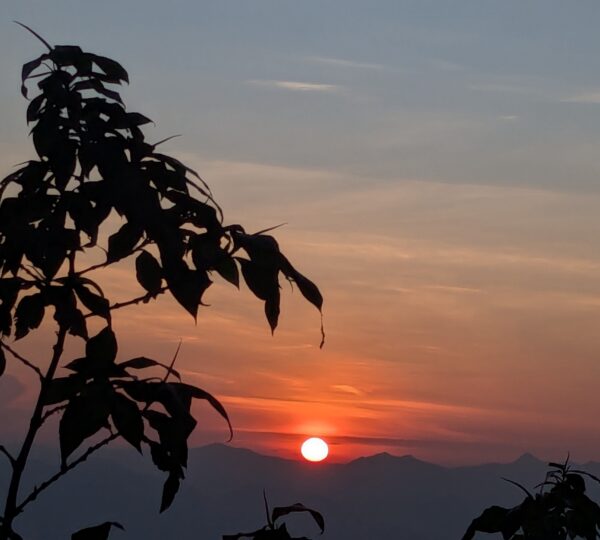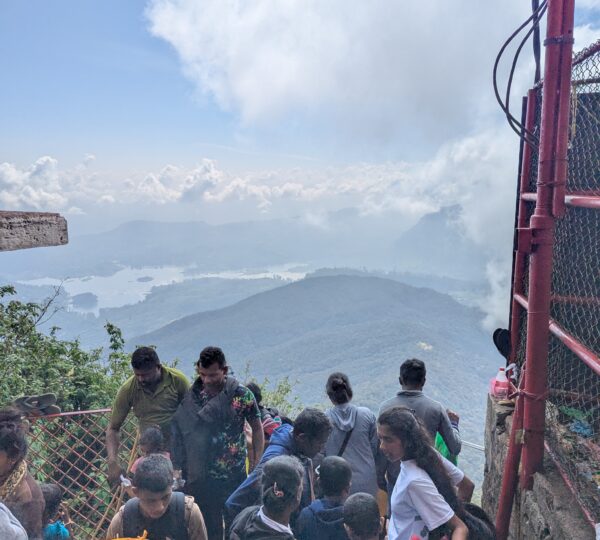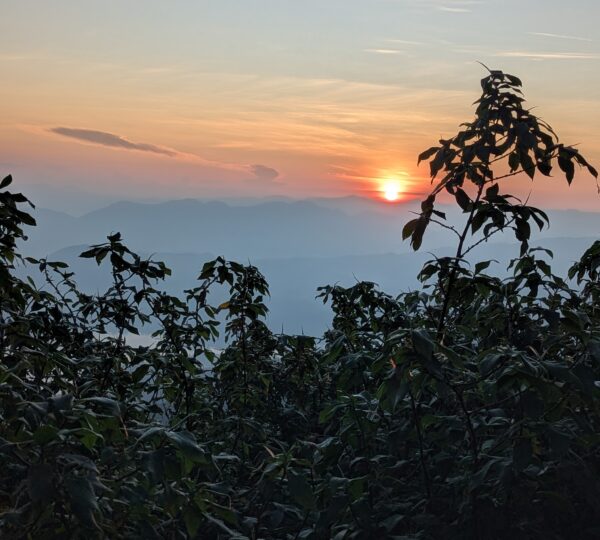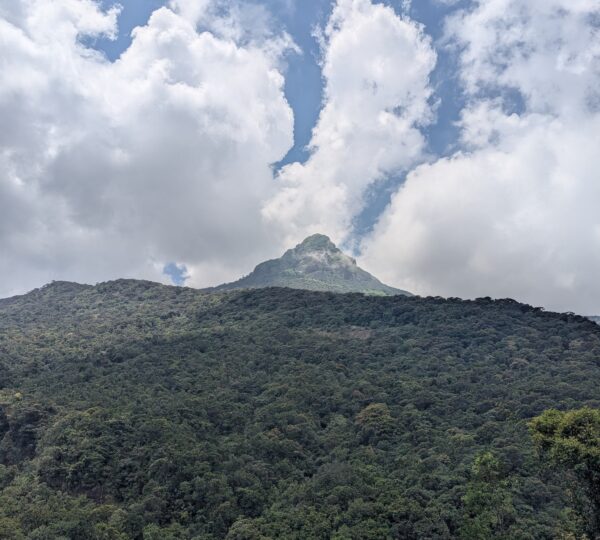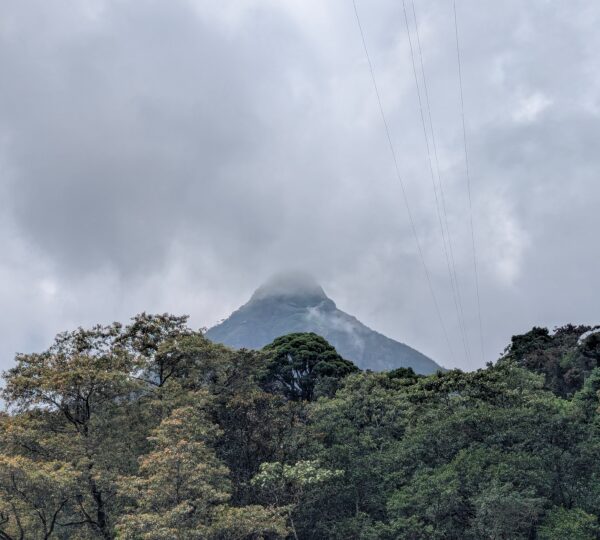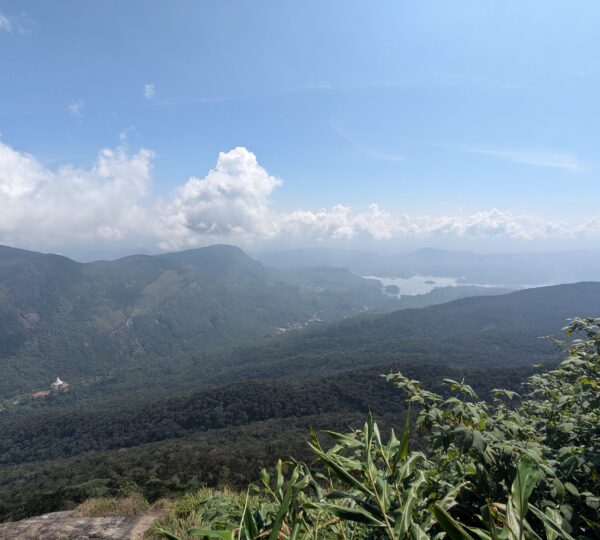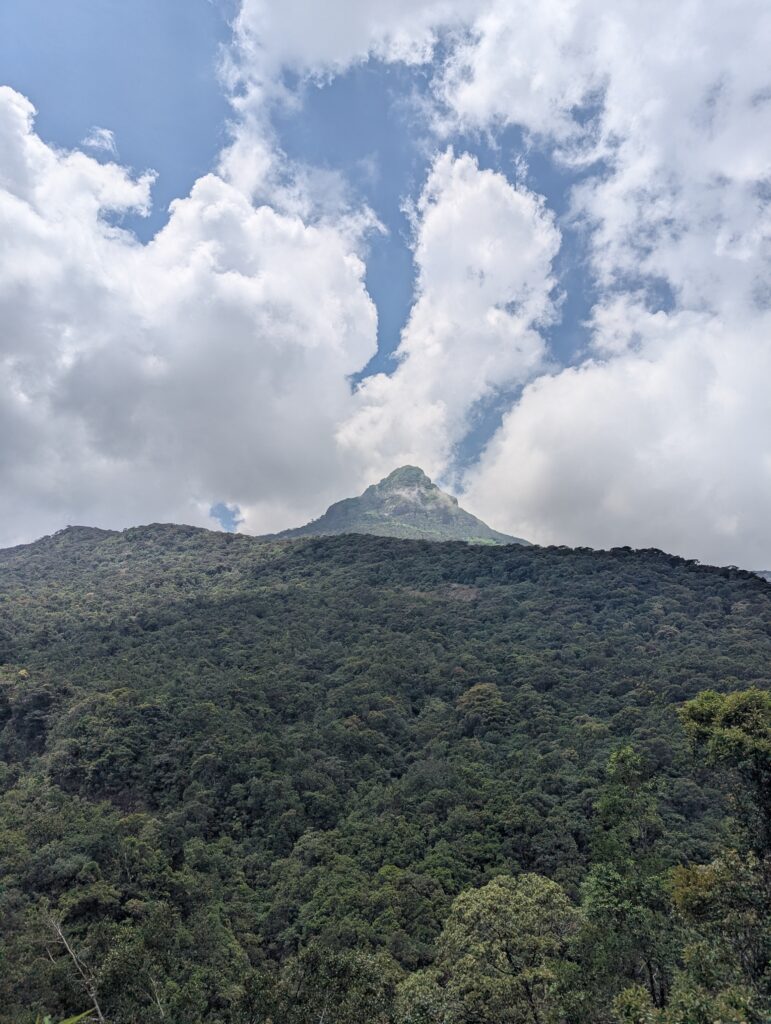Sri Pada – A Sacred Buddhist Pilgrimage Site
From
Duration
Tour Type
Explore Tours
Sri Pada, also known as Best hike in Sri Lanka, holds a special place in Buddhism and is one of the most sacred pilgrimage sites in Sri Lanka. The mountain, standing at 2,243 meters (7,359 feet), is revered for the sacred footprint (Sri Pada) at its summit, which Buddhists believe belongs to Gautama Buddha. Thousands of devotees undertake the pilgrimage each year, making it a deeply spiritual and meaningful journey.
Included/Exclude
Tour Plan
At the peak of the mountain lies a large rock formation believed to bear the footprint of Lord Buddha. According to Buddhist tradition, the Buddha left this footprint during his third visit to Sri Lanka (as mentioned in ancient chronicles such as the Mahavamsa). This sacred footprint, known as "Sri Pada" (Sacred Footprint), symbolizes the Buddha’s blessing upon the island and its people.
It is believed that during this visit, the Buddha:
✅ Landed in Kelaniya, near Colombo.
✅ Traveled to Sri Pada at the request of Sumana Saman, a guardian deity of the mountain.
✅ Left his footprint as a blessing to protect the land and its inhabitants.
The footprint shrine at the summit is an object of deep reverence, and pilgrims offer flowers, light oil lamps, and chant prayers upon reaching the top.
Sri Pada is mentioned in ancient Buddhist texts, including:
📖 Mahavamsa (The Great Chronicle of Sri Lanka) – Details the Buddha’s visit to Sri Lanka and the marking of the sacred footprint.
📖 Deepavamsa & Culavamsa – Chronicles the significance of Sri Pada in the Buddhist history of Sri Lanka.
📖 Buddhist Commentaries – Refer to the divine presence of Sumana Saman, a celestial deity who became the mountain’s guardian.
Ancient rulers, including King Vijayabahu (11th century CE) and King Parakramabahu II (13th century CE), supported and encouraged the pilgrimage by building pathways and resting places for devotees.
Sri Pada is closely associated with Sumana Saman (Saman Deviyo), a revered deity in Sri Lankan Buddhism.
🙏 Sumana Saman is believed to have requested Buddha to visit Sri Lanka and leave his footprint.
🙏 He is considered the protector of the mountain and its pilgrims.
🙏 A shrine dedicated to Saman Deviyo is located at the summit, where devotees offer prayers for protection and blessings.
Buddhist pilgrims often invoke the blessings of Saman Deviyo before starting the ascent. Many believe that praying at the summit brings spiritual merit, purification, and enlightenment.
1. The Pilgrimage Season
The official Sri Pada pilgrimage season runs from December to May, aligning with the dry season to ensure safe travel. The climb begins at night, allowing pilgrims to:
☀️ Reach the summit before sunrise and witness the sacred first light.
🙏 Chant devotional prayers ("Karunawai" - May you have mercy) while climbing.
🔔 Ring the sacred bell at the summit to mark the completion of the journey.
Outside of the pilgrimage season, the trail becomes dangerous due to heavy rains, leeches, and slippery paths.
2. The Pilgrimage Rituals
The journey is filled with Buddhist traditions and rituals, such as:
✔️ Lighting oil lamps at shrines along the way.
✔️ Offering flowers and incense at the footprint shrine.
✔️ Reciting Buddhist sutras and prayers for blessings.
✔️ Climbing barefoot as a form of spiritual devotion.
✔️ Bathing in nearby streams before the ascent to purify oneself.
Pilgrims believe that successfully completing the journey removes past sins and brings spiritual merit for future rebirths.
1. The Triangular Shadow
One of the most mystical features of Sri Pada is its perfectly triangular shadow cast during sunrise. The shadow gradually moves across the landscape as the sun rises, creating a divine and awe-inspiring experience. Many Buddhists interpret this as a celestial sign, further solidifying the sacred nature of the mountain.
2. "Samanala Kanda" – The Butterfly Mountain
Sri Pada is also called Samanala Kanda (Butterfly Mountain) because, according to legend, thousands of butterflies visit the mountain annually to offer their lives at the sacred footprint. Buddhists believe that these butterflies represent souls on their journey toward enlightenment.
The Sri Pada pilgrimage is not just a hike—it is a spiritual transformation. It is believed that those who successfully complete the journey with devotion and faith are blessed with:
🌿 Good karma and merit for future rebirths.
🌅 Spiritual enlightenment and inner peace.
🙏 Blessings from Lord Buddha and Saman Deviyo.
Many elderly Sri Lankan Buddhists consider climbing Sri Pada at least once in their lifetime to be a sacred duty, as it strengthens their connection to Buddhism and the teachings of the Buddha.
✔️ Best Time to Hike – December to May (Pilgrimage season); Avoid rainy season (May to October) due to slippery paths.
✔️ Start the Hike Early – Leave at 1:00 AM to reach the summit before sunrise.
✔️ Wear Warm Clothing – The summit is cold and windy, so bring a jacket or sweater.
✔️ Bring Water & Snacks – Although stalls are available, prices increase as you go higher.
✔️ Carry a Headlamp or Flashlight – The path is dark at night, and lighting may not always be reliable.
✔️ Respect Pilgrims & Traditions – Many climb barefoot, and prayers are often recited along the way.
✅ Holds the sacred footprint of Buddha, marking his presence in Sri Lanka.
✅ Recognized in ancient Buddhist scriptures as a site of deep religious importance.
✅ Linked to Sumana Saman, the guardian deity, who protects pilgrims.
✅ A centuries-old Buddhist tradition, with rituals passed down through generations.
✅ A place of meditation, devotion, and enlightenment, offering spiritual rewards to those who complete the journey.
Whether you climb for faith, meditation, or personal enlightenment, Sri Pada remains one of the most revered Buddhist landmarks in the world.
One of the most breathtaking and spiritually uplifting experiences at Sri Pada is witnessing the sunrise from the summit. Known as the "Ira Sevaya" (Sun Worship Ceremony) in Sri Lanka, this moment is deeply cherished by pilgrims and travelers alike.
The moment the sun rises above the horizon, the sky transforms into a canvas of deep orange, pink, and gold hues. As the first rays touch the sacred footprint, many devotees believe this is a divine blessing from the Buddha and the heavens.
The air fills with chants, prayers, and the ringing of the sacred bell, marking the completion of a successful pilgrimage. Some pilgrims offer flowers, light oil lamps, and meditate as they absorb the serene and sacred atmosphere.

